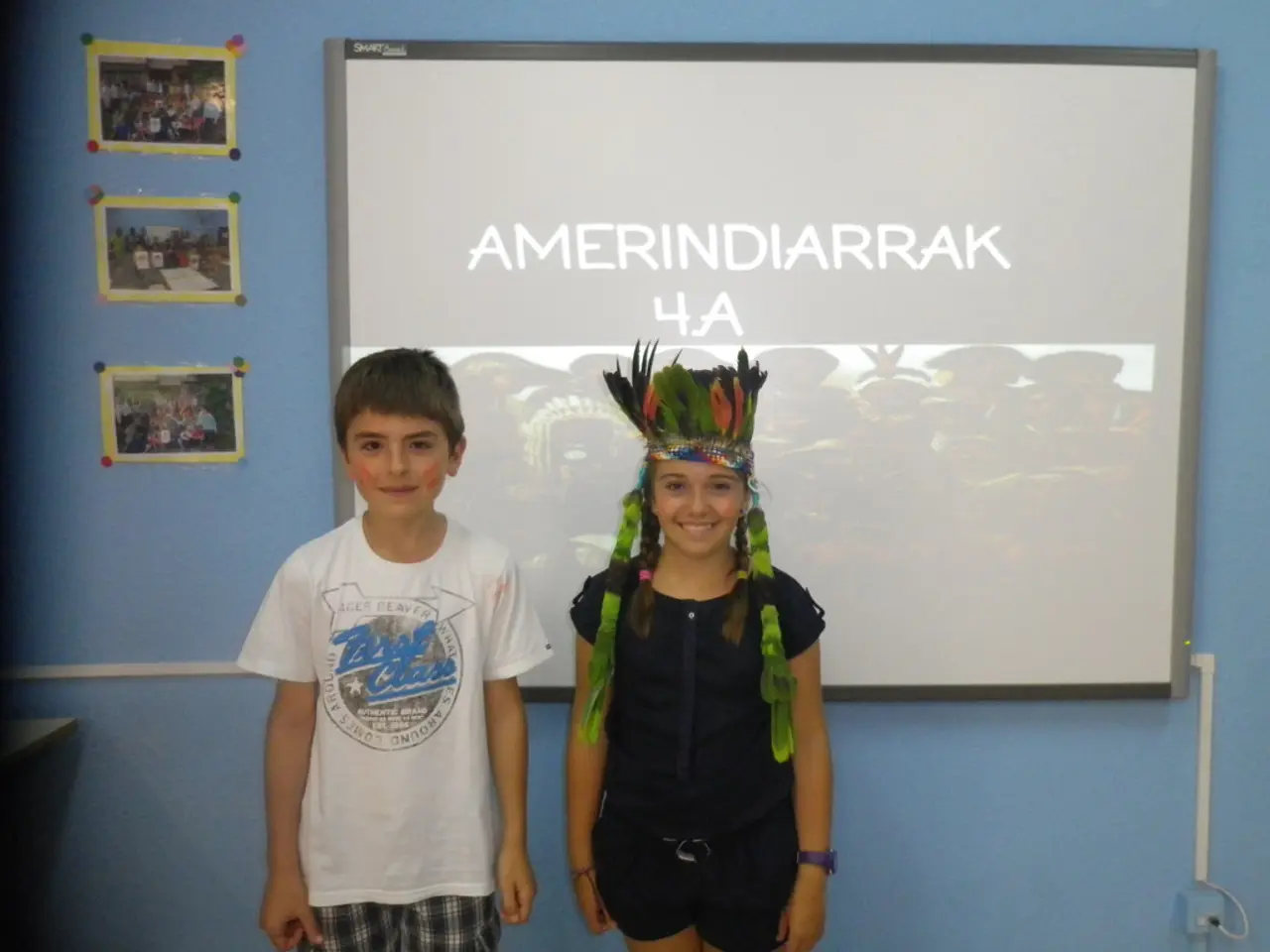"Over a Hundred Expressive Words for Children (Free Printable Poster!) + 12 Playful Exercises to Bolster Emotional Vocabulary Expansion"
In an effort to help children understand and express their feelings, a variety of resources are available that make learning about emotions fun and engaging. Here are some tools and practical tips to foster emotional intelligence in children.
## Resources for Emotional Learning
### Games and Activities
1. **Feelings Expedition**: This interactive platform offers 25 games and activities designed to help children understand and talk about their feelings. 2. **Emotions Worksheets and Workbooks**: These resources provide structured learning about emotions, helping children grasp complex feelings in a structured manner. 3. **The Emotion Sorting Game**: A game that categorises feelings into positive, negative, or neutral, or by the six basic emotions. 4. **Hangman: Emotions Edition**: A classic game using only emotion words, perfect for reinforcing emotional vocabulary. 5. **Emotion Synonym Match**: A challenge that requires children to match emotion words with synonyms and antonyms, expanding their emotional lexicon. 6. **Feelings Playdough Mats**: A hands-on way to connect words with emotional cues and expressions. 7. **Alphabet Emotions Game**: A game that aims to name one emotion word for each letter of the alphabet. 8. **Emotion Word Scavenger Hunt**: An exciting activity that encourages children to find emotion words in books, shows, or real-life conversations.
### Printable Resources
1. **A Feelings Vocabulary Poster**: A free poster featuring a list of emotions for kids, available for download. 2. **Emotion Word Booklet**: Encourages kids to create a simple "emotion dictionary" with new feeling words, definitions, drawings, and sentences using the word. 3. **Emotion Flashcards**: Featuring 26 feeling words with definitions, useful for teaching new emotion words and starting conversations. 4. **Feelings Playdough Mats**: A hands-on way to connect words with emotional cues and expressions. 5. **Various Activities**: Including the Anger Iceberg and Anger Volcano, 50 Fun Feelings Activities for Kids, a Feelings Box, 11 Printable Feelings Charts for Kids, and Mood Charts for Kids.
## Practical Tips for Building Emotional Vocabulary
1. **Validate and Label Emotions**: Acknowledge and accept children's emotions without judgment, using specific emotional vocabulary when observing their feelings. 2. **Expand Emotional Vocabulary**: Use nuanced emotional words and model emotional expression to help children develop a rich emotional lexicon. 3. **Engage in Conversations**: Encourage open-ended questions, create a comfortable environment, and use visual aids to help children discuss their feelings. 4. **Use Activities and Tools**: Utilise picture cards, books, stories, role-playing activities, emotional charades, music, and art to help children recognise and express emotions. 5. **Music and Art**: Have children draw pictures of different emotions and explain why they feel that way, or use music to teach emotions by associating songs with feelings. 6. **Encourage Expression**: Allow children to express their feelings freely without interruption. 7. **Reflective Listening**: When they talk about their feelings, actively listen and reflect back what you hear them saying to ensure understanding and validation.
By incorporating these resources and practical tips, children can develop a robust emotional vocabulary and become more comfortable expressing their feelings.
Incorporating games and activities like 'Feelings Expedition' and 'Emotion Word Scavenger Hunt' in a child's lifestyle can be an effective way to boost their emotional education and self-development. Using printable resources such as the 'Feelings Vocabulary Poster' and 'Emotion Flashcards' at home can supplement their learning and provide a fun, visually engaging way to expand their emotional vocabulary.




